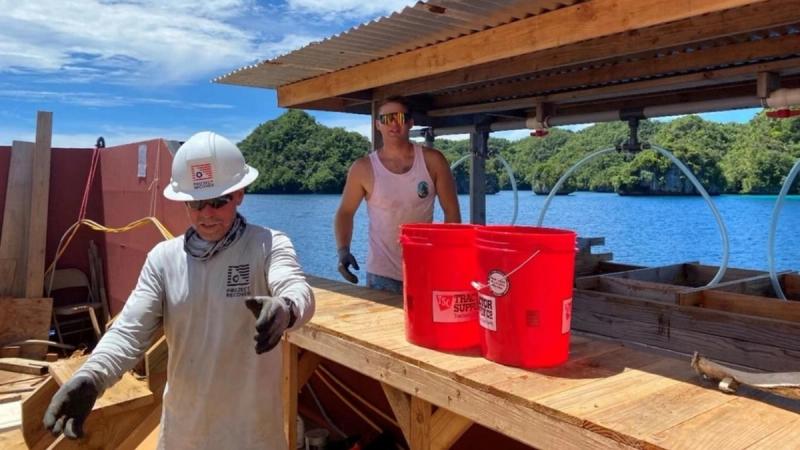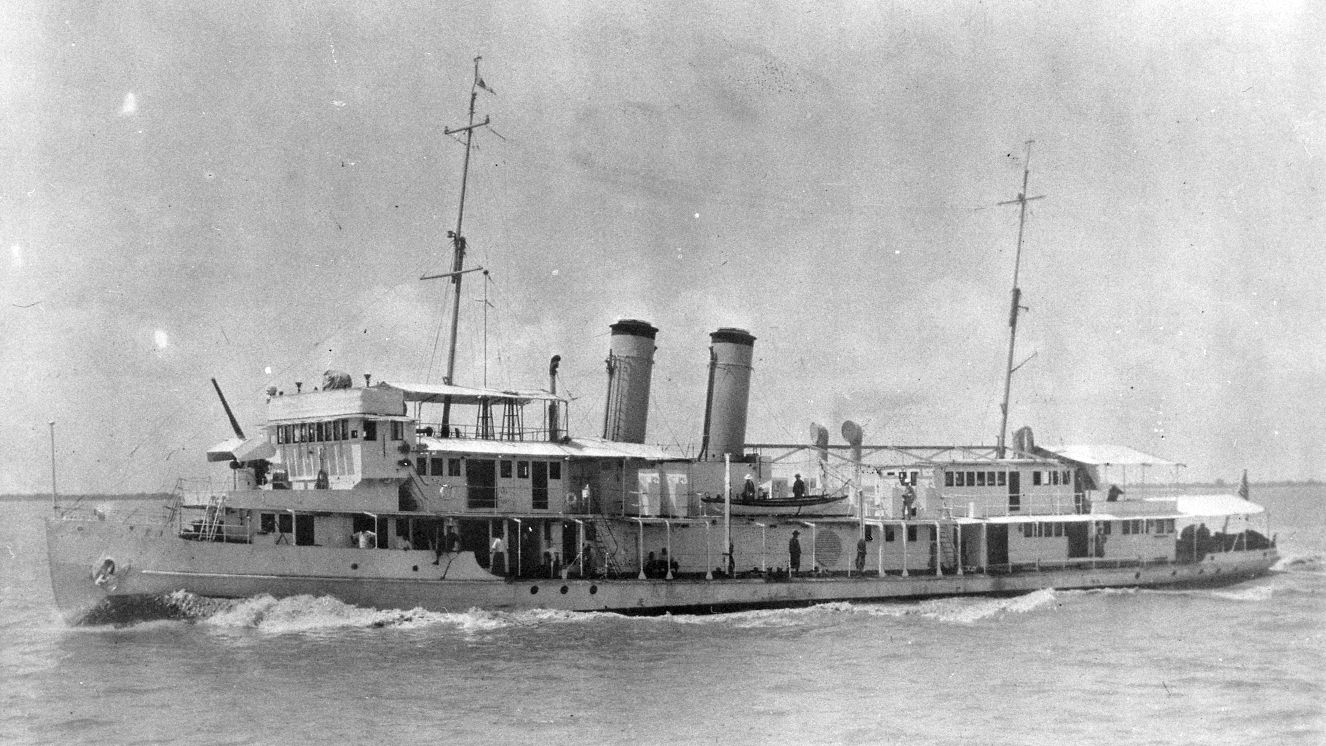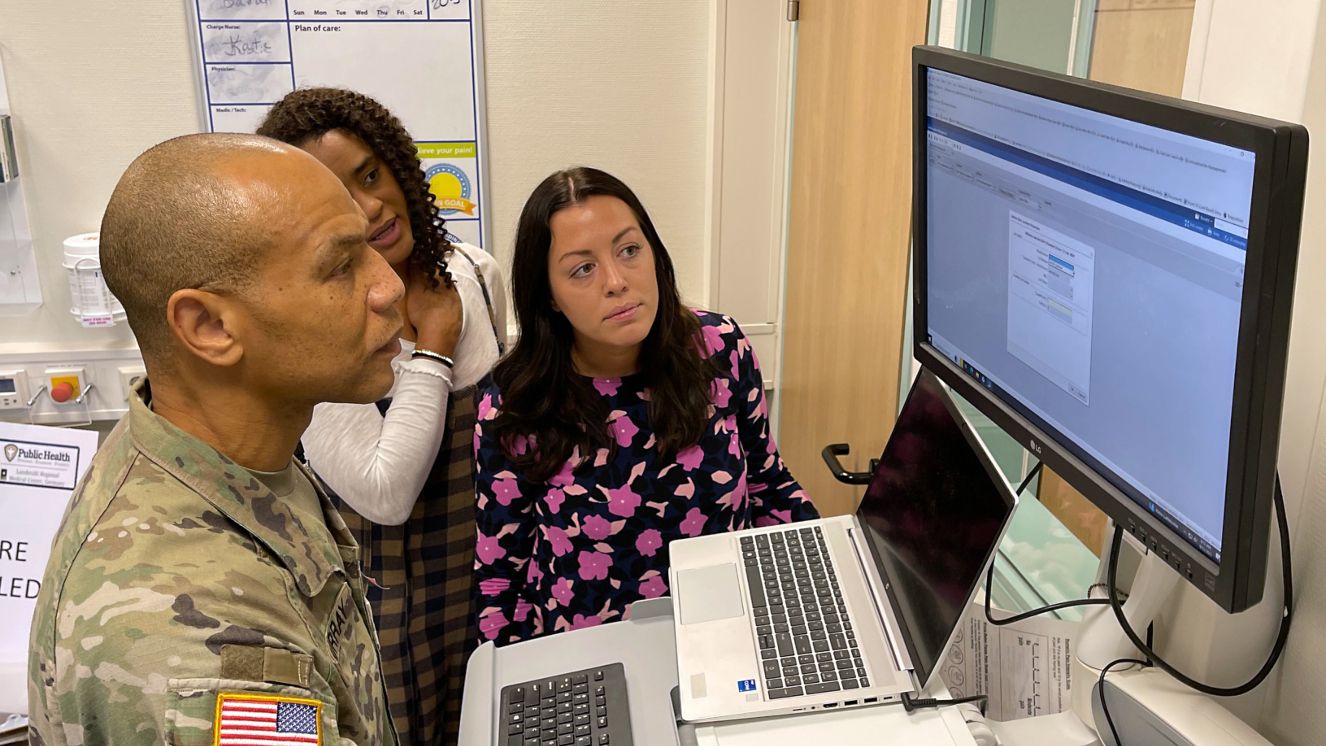PROJECT RECOVER LOCATES MISSING U.S. TROOPS

It has been almost eight decades since World War II, and a lot of American Soldiers did not make it home and are still missing to this day, waiting to be discovered. According to the latest report of the U.S. Defense POW/MIA Accounting Agency, there are around 80,000 missing service members. Now, the agency is doing everything to retrieve the bodies and return them to their families. The group Project Recover is a nonprofit organization that is also helping in the mission to retrieve the bodies of prisoners of war or missing in action.
One of their work involves the remains of a World War II B-24 bomber that crashed in 1944 and was located in Papua New Guinea under 213 feet of water in late September. With the help of an autonomous submarine and technological underwater sensors, researchers were able to find the remains.

Project Recover: Advocacy Efforts for Missing U.S. Troops
The organization has been operating for over 30 years. It is considered one of the leading nonprofit organizations that document, search, recover, repatriate, and locate the service members missing in action.
Its mission is to bring them home and give closure to the over 5,000,000 MIA Gold Star family members. Project Recover is the only NGO with full vertical capabilities in dealing with POW/MIA recovery space, including conducting operations on land and underwater.
In 2012, the organization partnered with the University of Delaware and Scripps Institution of Oceanography, the Defense POW/MIA Accounting Agency, and Legion Underseas Services to have a broad scope in documenting dozens of war sites relating to hundreds of MIAs.
With this effort, they have completed around 100 missions in 24 countries, documented and discovered over 75 aircraft, and developed a database of more than 700 cases relating to more than 3,000 MIAs.

Project Recover's Recent Mission Discoveries
In 2017, the group began one of its largest works in Papua New Guinea's Hansa Bay to do some archaeological surveys. Here, they could locate a flight of B-24s on a late-war mission that had crashed. They conducted a study that covered 27 square seafloor kilometers using sensing, scanning technology, and robots. In the spring of 2023, after tirelessly searching for 10 days, it seems that a ray of light had arrived.
Specialized Navy divers from Panama City and Florida discovered the remains of 2nd Lt. Thomas V. Kelly, Jr. He was retrieved near the debris field left by his B-24 bomber, 213 feet under the surface. Kelly, from Livermore, California, was just 21 years old when he passed. He had acted as a bombardier on a bomber called "Heaven Can Wait."
Kelly's recovery was one of the latest operations that the CEO of Project Recover viewed as an essential national debt. Derek Abbey mentioned that America's commitment to their missing in action is unique to other countries; the nation is the only country putting much effort into the retrieval missions.
Supporting Families of Missing U.S. Troops Through Project Recover
For each mission to be successful, Project Recover always maximizes its focus on the location where there have been several losses.
An example is Palau, a remote island in the Pacific that is part of Micronesia and about 2000 miles south of Japan. This place had been reported to have heavy action during the Pacific’s “island hopping” crusade. The organization will also occasionally consider cases concerning missing-in-action Soldiers from other nations with less formal efforts to repatriate and recover their troops.
In late October of this year, a team from Project Recover traveled to West Virginia to memorialize and celebrate Lt. Jay Manow Jr. He was a TBM-1c Avenger pilot and had been missing in action since September 1944. To locate Manow, the team had to do extensive work on research, crash site location studies, and conducting multiple recovery missions, and in August, he was declared as recovered.
How Do I Get Involved With Project Recover?
For those who are looking to locate a lost loved one, it is easy to get involved with Project Recover.
First, you will need to contact the Service Casualty Office for your family's MIA. Each branch of the service has a Service Casualty Office, and their goal is to help families deal with the loss of a loved one. After you have called the office, you will need to determine your relationship to the individual. Then, you can request the Individual Deceased Personnel File (IDPF) for your family member. Looking for more information? Be sure to visit their website for contact information.
Suggested reads:
- Members of the Ghost Army WW2 Awarded Long-Awaited Gold Medal
- The Weirdest Recipes from WWII People Had to Make Because of Food Rationing
- Tracing the Path: Did WWI Set the Stage for WWII?
Sources:
BY ALLISON KIRSCHBAUM
Veteran, Military History & Culture Writer at VeteranLife
Navy Veteran
Allison Kirschbaum is a Navy Veteran and an experienced historian. She has seven years of experience creating compelling digital content across diverse industries, including Military, Defense, History, SaaS, MarTech, FinTech, financial services, insurance, and manufacturing. She brings this expertis...
Credentials
Expertise
Allison Kirschbaum is a Navy Veteran and an experienced historian. She has seven years of experience creating compelling digital content across diverse industries, including Military, Defense, History, SaaS, MarTech, FinTech, financial services, insurance, and manufacturing. She brings this expertis...



